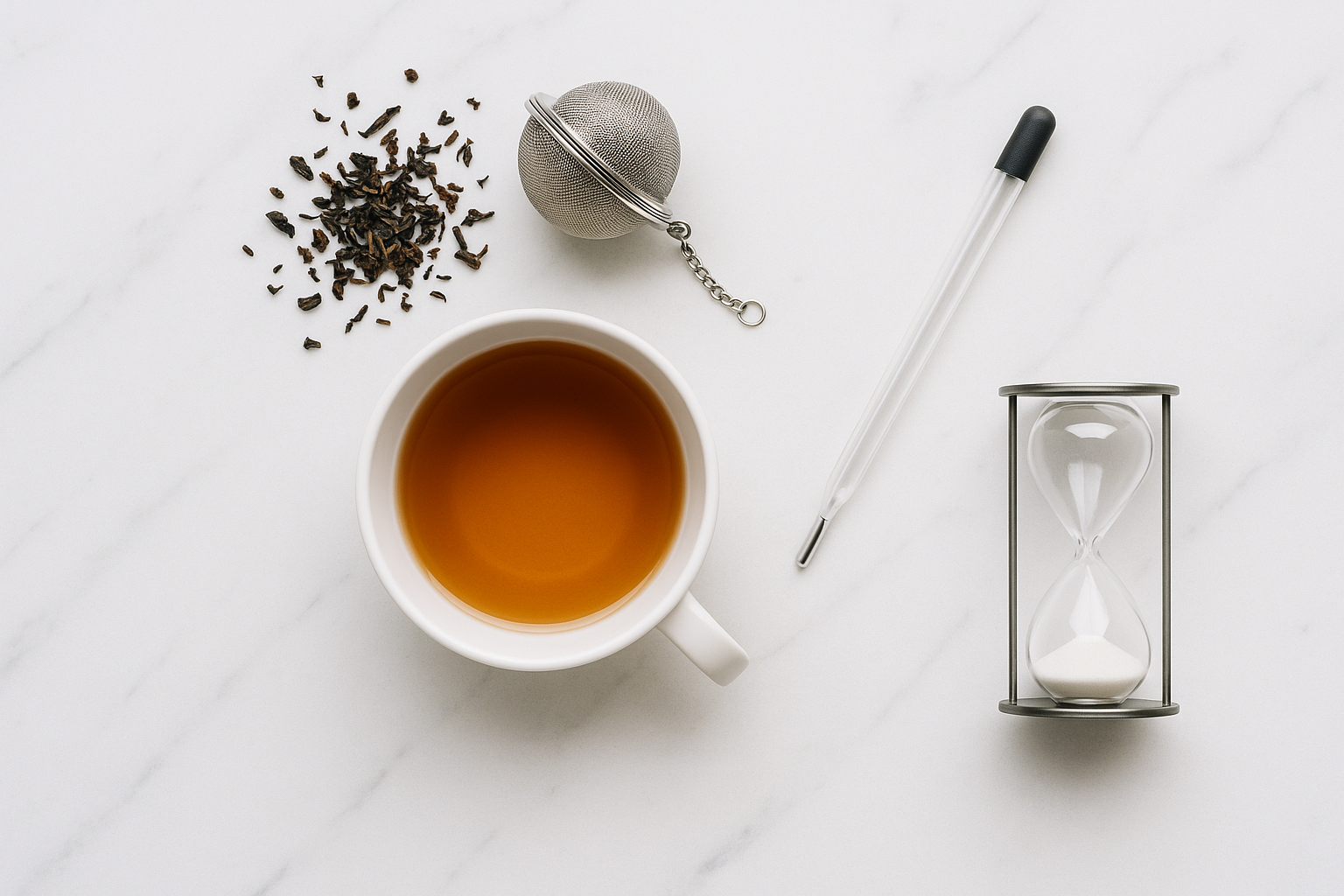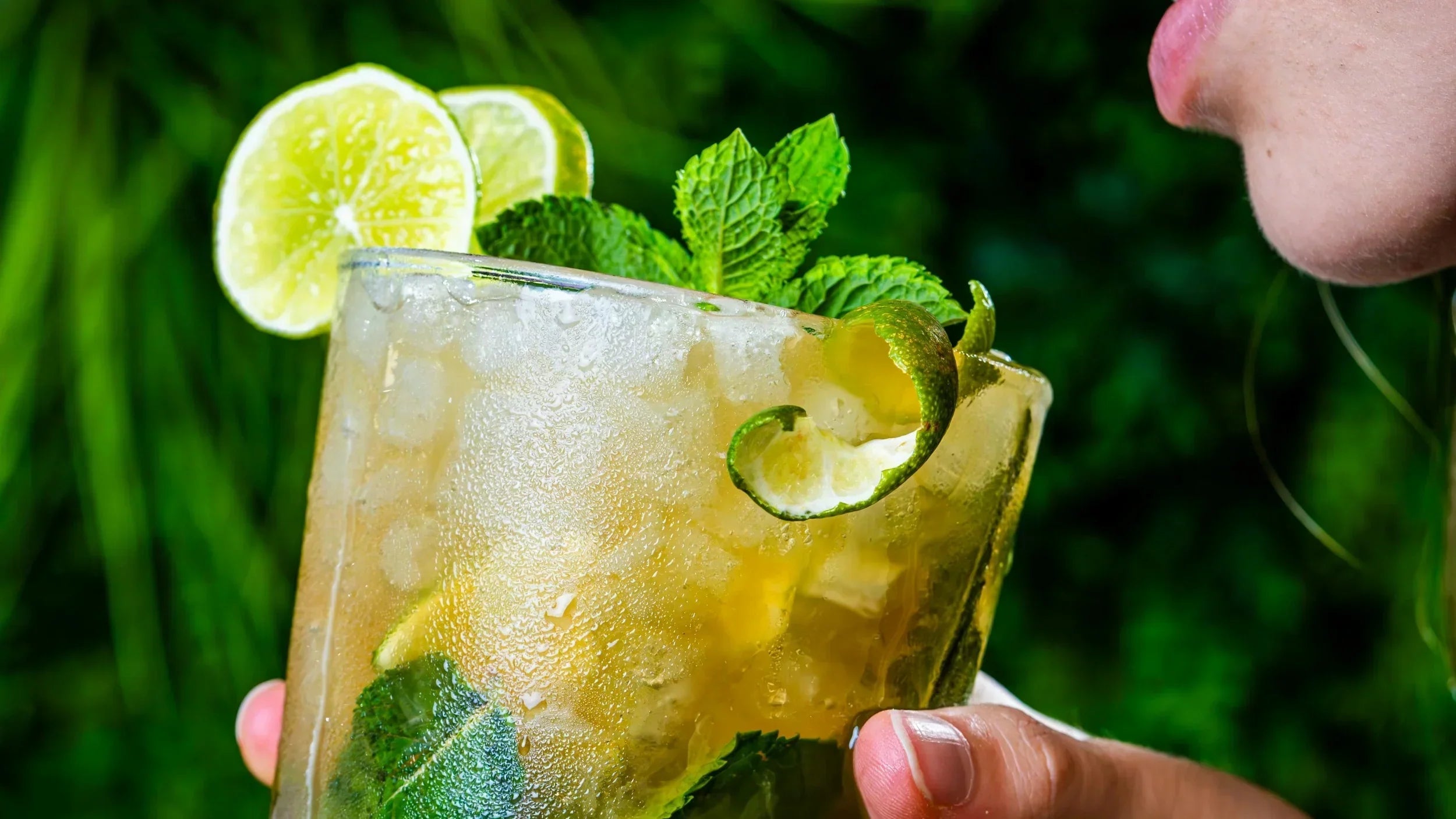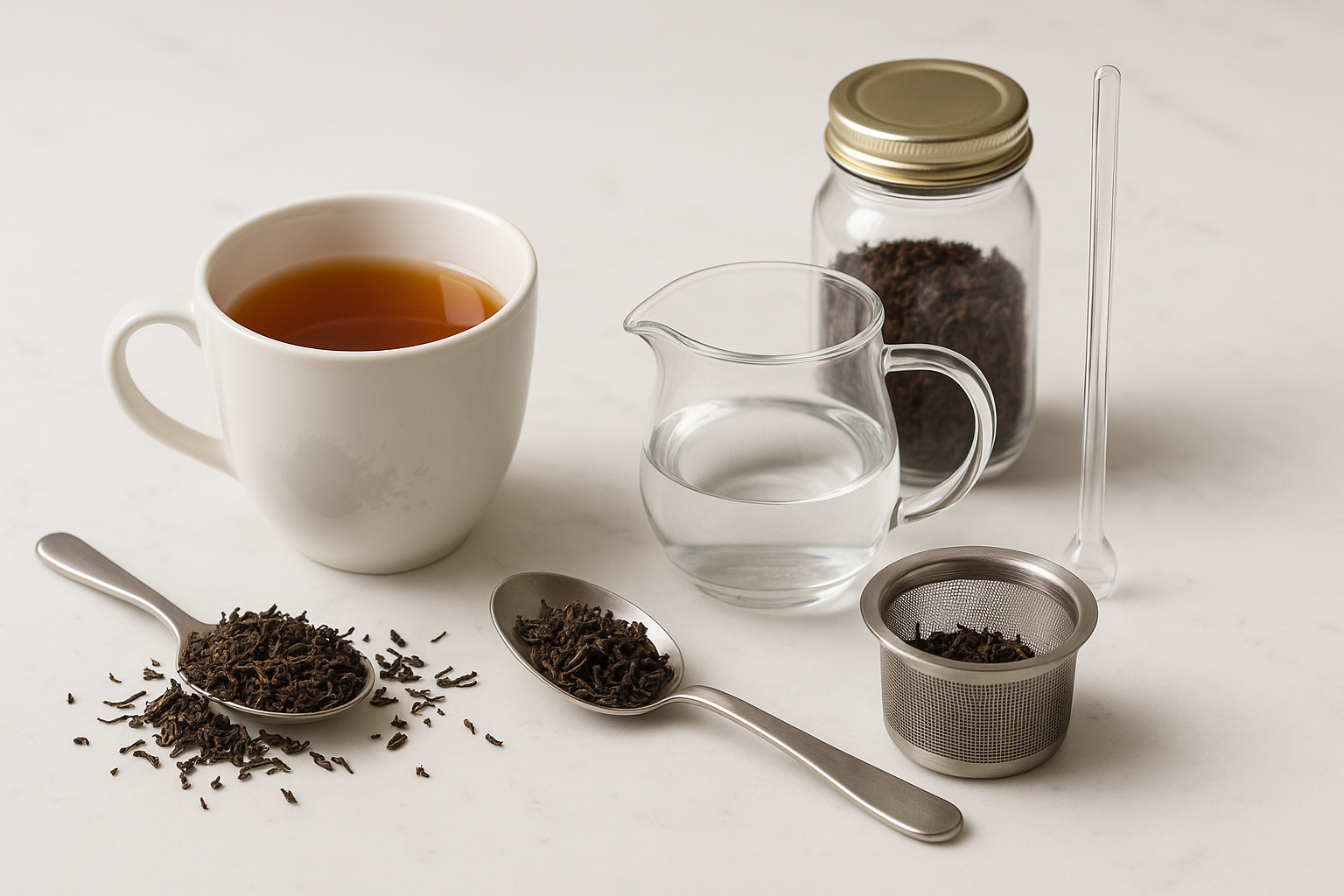
Why Does My Loose Leaf Tea Taste Bitter? 4 Instant Fixes That Actually Work
That first sip should be a moment of pure anticipation—the steam rising from your cup, carrying promises of warmth and comfort. Instead, you're met with a harsh, puckering bitterness that makes you wince. You followed the instructions, you steeped for the recommended time, yet your loose leaf tea tastes like disappointment in a cup.
You're not alone, and more importantly, you're not doing anything fundamentally wrong. Research in tea chemistry shows that bitter loose leaf tea almost always comes down to four specific, fixable causes. The good news? Each one can be corrected in your very next cup.
The Science Behind the Bitterness
When tea leaves meet hot water, a complex extraction process begins. The compounds that create tea's flavour—including catechins, tannins, and polyphenols—dissolve at different rates and temperatures. The delicate balance between these compounds determines whether your cup tastes smooth and nuanced or harsh and bitter.
What makes tea bitter isn't mystery—it's chemistry. And once you understand the chemistry, you can control it.
The 4 Culprits Behind Bitter Tea (And How to Fix Each One)
1. Water Temperature: When Hot Becomes Too Hot
The Problem: Water that's too hot extracts tannins and bitter compounds faster than the pleasant flavours can balance them out. Even 5-8°C (10-15°F) above optimal temperature can turn your delicate Gyokuro into liquid regret.
The Science: Research on polyphenol extraction shows that catechins (the compounds responsible for tea's health benefits and some of its flavour) extract optimally at specific temperatures. Go beyond these temperatures, and you're pulling out the harsh tannins that make your mouth pucker.
The Fix: Reduce your water temperature by 5-8°C (10-15°F) from whatever you're currently using. Here's what works:
- Green teas (Sencha, Gyokuro): 60-70°C (140-158°F)
- White teas (Silver Needle, White Peony): 75-80°C (167-176°F)
- Oolong teas (Ti Kuan Yin, Da Hong Pao): 85-90°C (185-194°F)
- Black teas (Darjeeling, Earl Grey): 90-95°C (194-203°F)
Pro Tip: Let your kettle sit for 2-3 minutes after boiling before pouring, or invest in a temperature-controlled kettle. The difference is immediate and unmistakable.
2. Steeping Time: When Patience Becomes Punishment
The Problem: Even 30 seconds of over-steeping can tip the scales from balanced to bitter. The longer leaves sit in hot water, the more tannins leach out, overwhelming the subtle flavours you're trying to taste.
The Science: Extraction happens in waves. The first minute pulls out the bright, pleasant compounds. After that, you're increasingly extracting the astringent tannins that professional tea tasters work so hard to avoid.
The Fix: Cut your steeping time by 30-60 seconds. Start with these guidelines:
- Green teas: 1-2 minutes
- White teas: 2-3 minutes
- Oolong teas: 2-4 minutes
- Black teas: 3-4 minutes
Remember: you can always steep longer if needed, but you can't take back over-extraction.
3. Water Quality: The Hidden Saboteur
The Problem: Chlorinated tap water, high mineral content, or poor-quality water doesn't just affect taste—it affects extraction. Hard water pulls compounds differently than soft water, and chlorine can react with tea compounds to create off-flavours.
The Science: Professional tea tasters use water with specific mineral content (75-150 ppm Total Dissolved Solids) because it provides optimal extraction without interfering with flavour development. Water quality affects how compounds dissolve and interact.
The Fix: Switch to filtered or bottled spring water with moderate mineral content. If you must use tap water, let it sit overnight to allow chlorine to evaporate, or filter it through activated carbon.
Testing Your Water: If you're serious about tea, invest in TDS (Total Dissolved Solids) testing strips. Aim for 75-150 ppm for optimal extraction.
4. Tea Freshness: When Age Becomes the Enemy
The Problem: Stale tea leaves don't just lose flavour—they can develop musty, bitter compounds that no amount of careful brewing can fix. Tea that's been sitting in your cupboard for years will taste like it.
The Science: Tea leaves contain oils and compounds that break down over time, especially when exposed to air, light, or moisture. These degraded compounds often taste bitter or flat, and they can overpower any remaining good flavours.
The Fix: Check the harvest date on your tea. Green and white teas should be consumed within 1-2 years of harvest, while oolong and black teas can last 2-3 years when properly stored. If your tea smells musty, tastes flat, or has lost its original aroma, it's time to replace it.
Storage Matters: Keep tea in airtight containers, away from light and moisture, at room temperature.
The Ratio Factor: Getting the Foundation Right
Beyond these four main culprits, improper tea-to-water ratios can set you up for bitterness. Using too little tea often leads to weak flavour, which tempts you to steep longer—and longer steeping means more bitterness.
The Sweet Spot: Use 2-3g of tea per 240ml (8 oz) of water. This provides enough leaf surface area for proper extraction without requiring extended steeping times.
Your Quick Diagnostic Guide
| If your tea tastes... | Most likely cause | Instant fix |
|---|---|---|
| Harsh and astringent from the first sip | Water too hot | Reduce temperature by 5-8°C (10-15°F) |
| Bitter with a dry, puckering finish | Over-steeped | Cut steeping time by 30-60 seconds |
| Flat and metallic | Poor water quality | Switch to filtered or bottled spring water |
| Dull with musty undertones | Stale tea leaves | Replace with fresh tea (check harvest date) |
| Weak, so you steep longer and get bitter | Wrong tea-to-water ratio | Use more tea (2-3g per 240ml), steep less time |
The Systematic Approach Professional Tasters Use
When professional tea tasters encounter bitterness, they don't guess—they test systematically:
- Start with water temperature: Adjust this first, as it has the most immediate impact
- Fine-tune timing: Once temperature is right, dial in your steeping time
- Evaluate your water: If problems persist, consider your water source
- Check freshness: Finally, assess whether your tea itself is the issue
Making Your Next Cup Count
The difference between bitter tea and balanced tea often comes down to small adjustments with big impacts. Lower your water temperature by just a few degrees. Cut your steeping time by 30 seconds. Use filtered water instead of tap. Check that harvest date.
These aren't just suggestions—they're scientifically-backed solutions that professional tea tasters use every day. Your next cup doesn't have to be bitter. With the right temperature, timing, water, and fresh leaves, you can unlock the complex, nuanced flavours that made you fall in love with loose leaf tea in the first place.
The Balance We're After
Great tea isn't about following rigid rules—it's about understanding the science behind what's happening in your cup. Once you know that bitterness comes from over-extraction of tannins, that temperature affects extraction rates, and that water quality matters as much as leaf quality, you can start brewing with confidence rather than hope.
The next time you're faced with bitter tea, don't reach for sugar or milk to mask the problem. Instead, diagnose the cause and fix it at the source. Your taste buds—and your tea—deserve that much.


